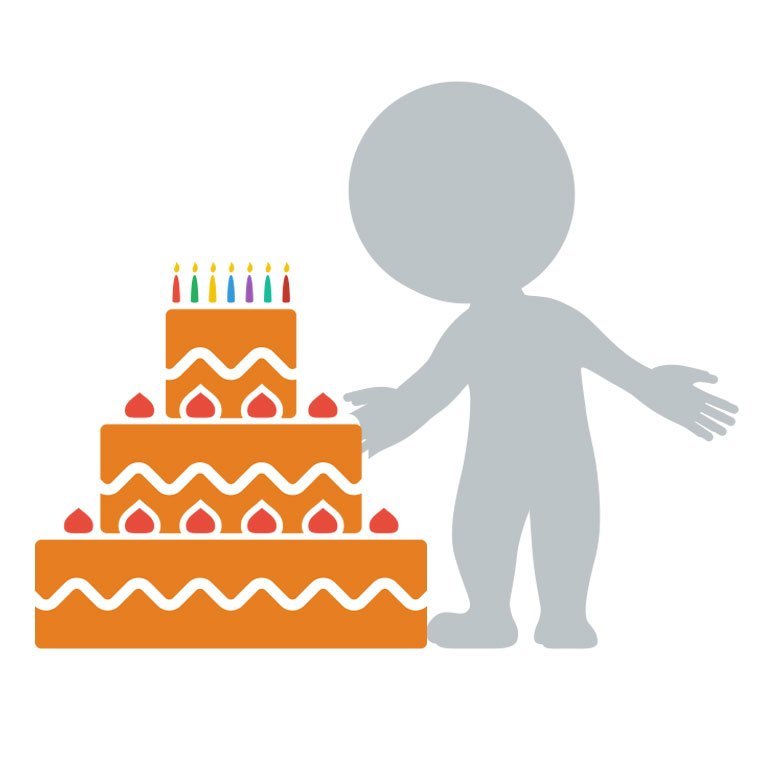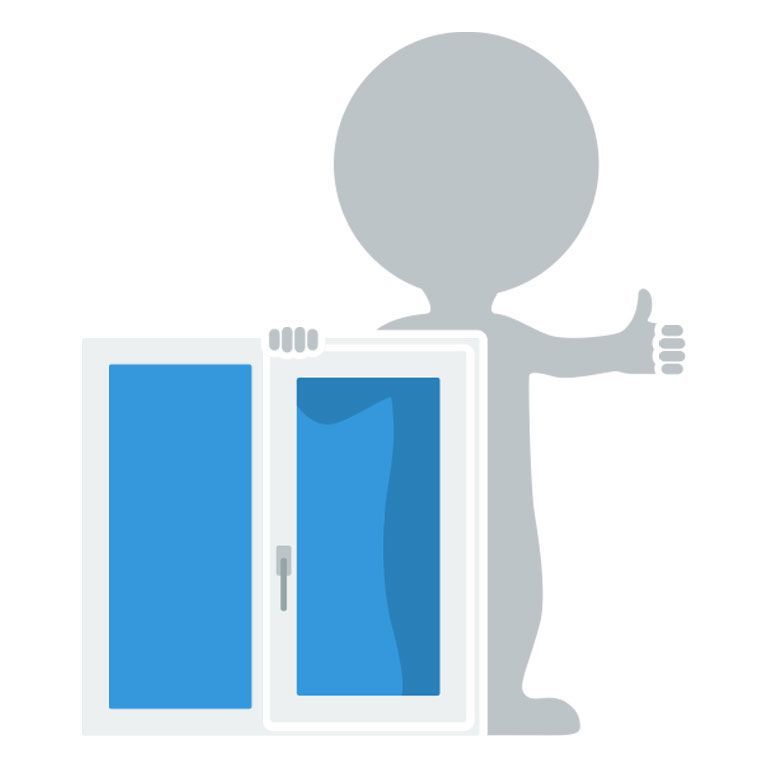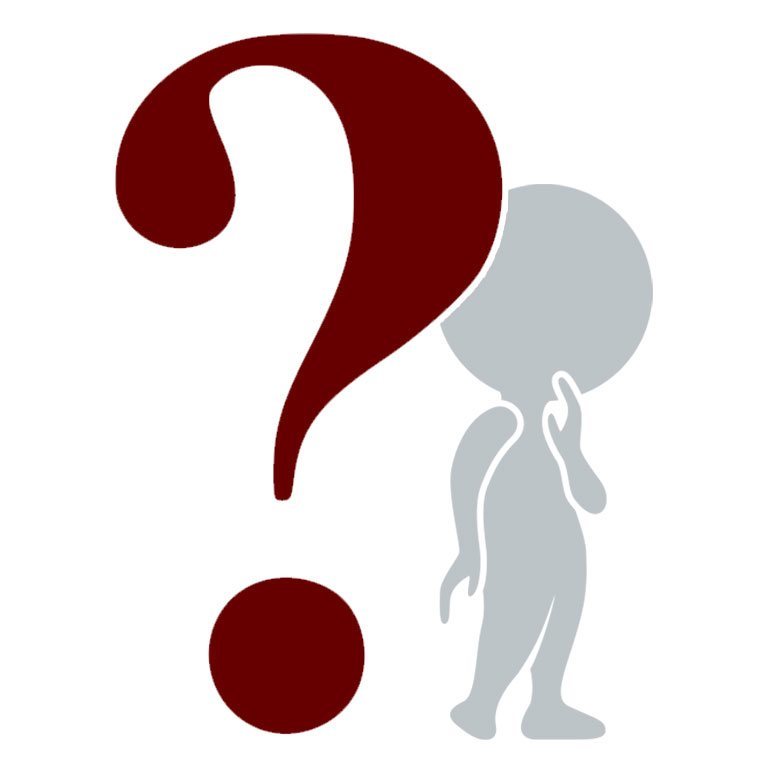Audience development. In the language of orchestral management that means getting people to show up for concerts. Those in the field are likely familiar with the Classical Music Consumer Segmentation Study conducted by the Knight Foundation, and if you aren’t I highly recommend taking a look.
Although it isn’t a perfect study, it does help us begin to address this critical problem in an analytical fashion. Unfortunately, one point the study does not consider is how orchestras need to develop new patrons from specific subsections of their community. To that end, one woefully overlooked resource is private music teachers that are taking on more and more beginning adult students.
These baby boomers grew up with television at the expense of live performing art. Their children are off to college, they have more time and money for themselves than they’ve ever had before, and they are looking to fill a distinct void in their lives. That void is culture. One outlet is to find a local private music teacher and start taking lessons.
Combined, my wife and I have had the pleasure of introducing well over 100 adult students to the world of orchestral music. In almost every case they’ve become enthusiastic ticket-buying patrons.
They have already shown a desire to become culturally enriched by initiating private music lessons on their own. All they lack is a guide to what the world of orchestral music has to offer. I’ve organized filed trips to orchestra rehearsals, written a newcomer’s guide to the orchestra that ties into what they learn in their lessons, and introduced them to everything that happens on stage beyond the music. There are no dry, academic program notes, they are encouraged to bring binoculars, and I arrange for them to meet the musicians during breaks and after rehearsal so they can ask questions and make connections.
This mass of patrons are waiting to be discovered. Having said that, I can say my local large budget professional orchestra, the Baltimore Symphony, has never expressed interest in developing a program like this. Nonetheless, I’ve sent hundreds of adult student ticket-buyers their way armed with excited anticipation and willing to put up with bad parking so they can enrich their lives? Yes.
When I initiate a conversation with orchestra marketing executives about this situation, they say things like:
“Well that’s a great idea but it sounds more like something education should focus on”.
So I go to education managers and I hear:
“Well that’s a great idea but our budget doesn’t have room for something like this with all of the in-school programs we need to fund. And we already have some adult education programs, like preconcert lectures (I wish they would stop using that ‘lecture’ word, it sounds stuffy, academic, and elitist). Maybe marketing has room in their budget for something like that.”
At this point I usually make a nice cup of tea and focus on something else.
There are thousands of private music teachers across the country, each with access to hundreds of adult students over their careers. You do the math. Do I even need to bring up how cost efficient it is to find new subscribers and individual ticket patrons this way?
In a recent Detroit News article (linked from the 12/10/03 Arts Journal headlines), DSO president Emil Kang is quoted as saying “[Declining ticket sales] are an industry-wide problem, and we have to come up with a new model to replace or at least modify the traditional idea of subscriptions.”
There is so much that orchestras can do to include private music teachers into their outreach and exposure initiatives. But this industry has been so focused on exposing children to classical music as the Holy Grail to the audience development problem, that they have forgotten to analyze the issue from the other end of the demographic spectrum.
As a result, they are uninterested and altogether disinclined to even consider changing course. Hopefully the sharp, progressive orchestra administrators will pick up on this before the opportunity has passed.


